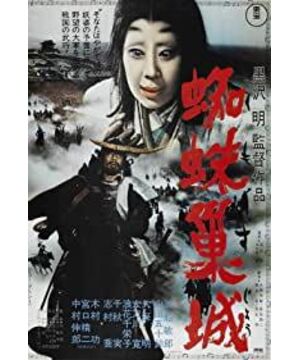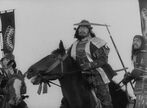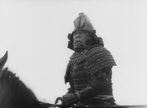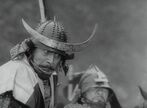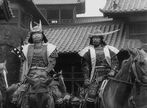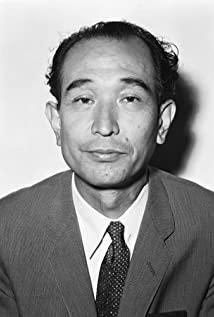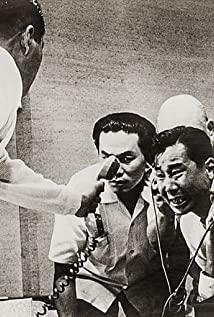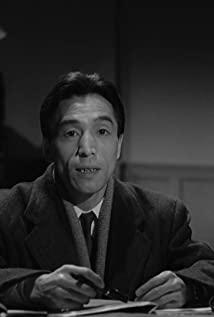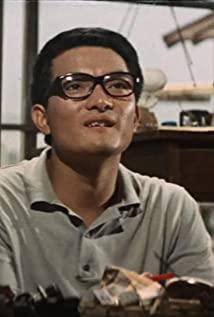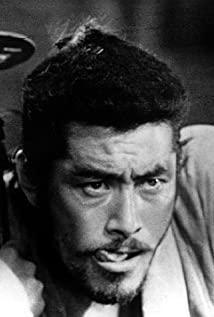Macbeth is Shakespeare's most concise tragedy, and the Spider's Nest is even more weird. This is not so much an earth-shaking literary adaptation, as it is a fable of the samurai period that is buried in the core of Shakespeare's tragedy.
The orientalization of classical Western literature has never been easy (the failure of the banquet is sufficient proof). As A'aness said, "When a drama is spread beyond its original imaginary culture, it will be a new explanatory community with different values, cultural assumptions, memories and associations." The so-called Spider's Nest City The audience can range from the elite class at the world level to the ordinary residents of Japan, which stems from his critical adaptation of several core elements.
1. Non-anglophone line design
Whether it was the sly folk songs or the down-to-earth dialogue of the samurai, Akira Kurosawa completely ignored Shakespeare's Pentecostal verses. The whole article greatly reduces the proportion of lines, and uses the static and dynamic scenes captured by top-level photography, the atmosphere rendering guided by ghostly soundtracks, etc. to magnify the "surface features" of the characters, while concealing the classic inner heart of Shakespeare's plays Struggle and ask yourself questions. This is undoubtedly more loyal than the French Shark version of Macbeth, because he has achieved the so-called "cinematization", which allows modern audiences to appreciate the core of Shakespeare's tragedy from a different perspective, and greatly increases the regeneration potential of classical drama.
In other words, compared to the 2015 version of Macbeth, which used a lot of lengthy lines to pave the way for the plot, Spider's Nest City uses audio-visual effects to create a metaphorical image of the drama, and never conveys the inner thoughts of the characters, which brings a more crippling Wonderful movie effects.
2. From the "Three Witches" to "The Wood Demon in the Spider Forest"
The witch in the original book is regarded as a symbol of fate and mystery, and Kurosawa replaces the role of revealing the future with a gray-haired forest wood demon with a hideous face. The wood demon comes out with a weird ballad, disappearing into the white mist, sometimes widening his pupils, sometimes laughing and laughing. This image adds to the quirky nature of Spider's Nest, and also changes the original "helplessness" tone. It becomes even more "unpredictable".
This can't help asking people: Do the three witches in the original work show the multi-faceted fate of Macbeth, while the wood monster in Spider's Nest has sworn the hero's "destiny"-he is doomed to die. This difference between the East and the West can bring more thoughts and is also the source of two tragedies: "the wrong choice" or "the choice never appeared."
3. Quotation of Noh
The reference of Noh masks has made Spider's Nest more Japanese and classical.
(I have to admire the makeup artist, especially the image of Mrs. Askari is deeply rooted in the hearts of the people)
View more about Throne of Blood reviews


